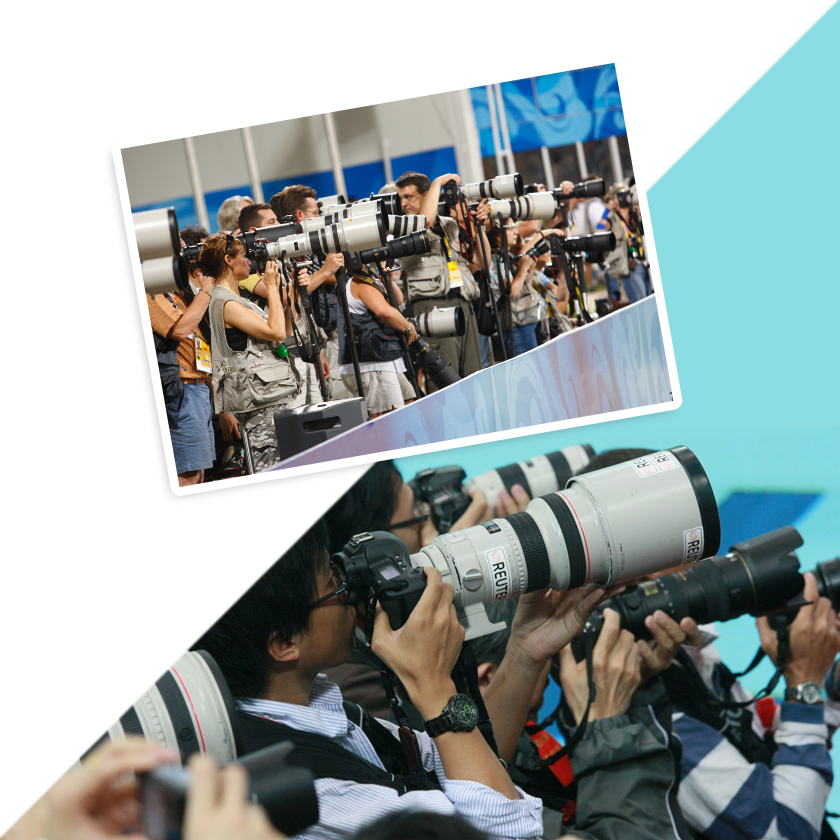
Enhancing image quality
The photography equipment market is constantly changing with new industry focus every few years. A few years ago the entire industry was involved in a "pixel competition", resulting in the pixel count of digital cameras increasing from about a few megapixels to over double digits megapixels today. The competition has shifted and now advanced CMOS sensors are the focus. This new technology has improved camera signal‐to‐noise ratios with the help of refined transistors and allowed much higher ISO settings, which give terrific image quality with low noise and an expanded dynamic range for both stills and movies. The newly launched PowerShot G16 and S120, which can easily shoot starry nights and star trails, are great examples that have reversed the common perception of poor night shooting abilities of previous generations.
Another revolutionary step is the Dual Pixel CMOS AF technology used in the EOS 70D in which each pixel contains two photodiodes to give a wider AF area in Live View and allow a smoother faster focus.
Beyond photo‐taking , Canon has strengthened image transmission with built‐in WiFi for the EOS 6D and 70D. The new function enables a wireless connection to a user's smartphone or tablet, so that photos can be uploaded to social networks instantly. The EOS 6D also has built‐in GPS enabling users to tag and easily organize their photos.
DSLRs are being used more frequently for taking videos. The high mobility of DSLRs is seen as a key factor behind this, which is why the new Cinema EOS system has been specially designed for professional cinematography. The system includes four types of camcorder and nine tailor‐made movie lenses to give the movie industry a real alternative to film that has a high degree of flexibility and expandability yet unrivaled image quality.
Growth of photography culture
Smartphones have made taking photos an everyday activity. Far from being major competition for digital cameras, smartphones have helped to promote photography with an increase in demand and interest towards photography. The rise of social networking has played a role as well. People have started to record their lives with daily snapshots that are uploaded and shared on Facebook. As they take more photos their interest in photography builds and they want to learn how to improve the quality and composition of their photos, bringing photography to a much wider audience.



